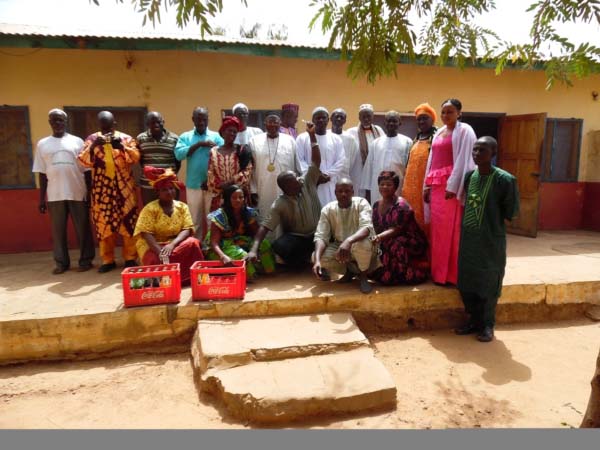
Exclusive exploitation of the forest products by the population without proper utilization planning has had adverse effects on the forest cover, said NACO Director Kanimang Camara, while making a presentation on the occasion.
“It was clear from the very beginning that The Gambia forest cover could only be conserved if the local population would support forest conservation and protection effort actively,” he said, adding that for this to happen, “the negative attitude of the people towards the forest has to change”.
He said their task was how to make present users future managers of the forest, which brought about the initiative and need for community participation in forest management.
“The decentralization of forest management is therefore supposed to encourage the involvement of local communities in sustainable forest resource management and to enhance forestry sector contribution to poverty alleviation and rural development,” he said, adding: “These main salient points have led to the conceptualization of the community forestry concept.”
Mr Camara said that in contrast to state forest management, community forestry requires a quite different approach since the planners, implementers, and actors are rural people who are usually engaged in subsistence farming and to whom “forestry, in the sense of sustainable forest management, is new”.
“On the other hand,” he noted, “forest parks had already been identified over 50 years ago. They are managed by professionals who receive regular salaries, related work is carried out by paid labourers and contractors, and in various cases complicated machinery is involved.
“Consequently, the initial set-up and subsequent management of CFs (community forests) have to follow different but standardised procedures and approaches.”
The NACO director added that success with community forestry “primarily depends” on the peoples’ understanding, interest, and capacity to sustainably manage their resources, while also placing great responsibility with the persons/agencies that are charged with providing initiative and motivation, as well as the necessary technical advice and training.
He said further that there are principal features of the community forestry concept (CFC) that should be considered by all parties involved in promotion of community forestry. These, he added, include assistance from other organizations which operate in the fields of natural resource management and rural development.
“Activities generating short-term benefits… generally always have priority compared to those related to long-term tree growing and forest protection,” he said.
He added: “In light of fast tracking the implementation of CFs, the DoF (Department of Forestry) shall rigorously continue to invite other sector-linked organizations, both governmental and non-governmental, in order to complement the sectoral efforts of the DoF in the nationwide implementation of community forestry.
“The non-governmental agencies are particularly suitable for this since capacity building of local institutions, as well as other forestry sector-related measures, is usually part of their regular services.”
The capacity building training also covered community leaders and forest user groups.
The NACO director said: “It is of utmost importance that from the very beginning all local leaders and authorities of a community or group of communities including chiefs, village heads, elders, household heads and women leaders, as well as forest user groups, are actively involved in all phases of CF implementation.”

